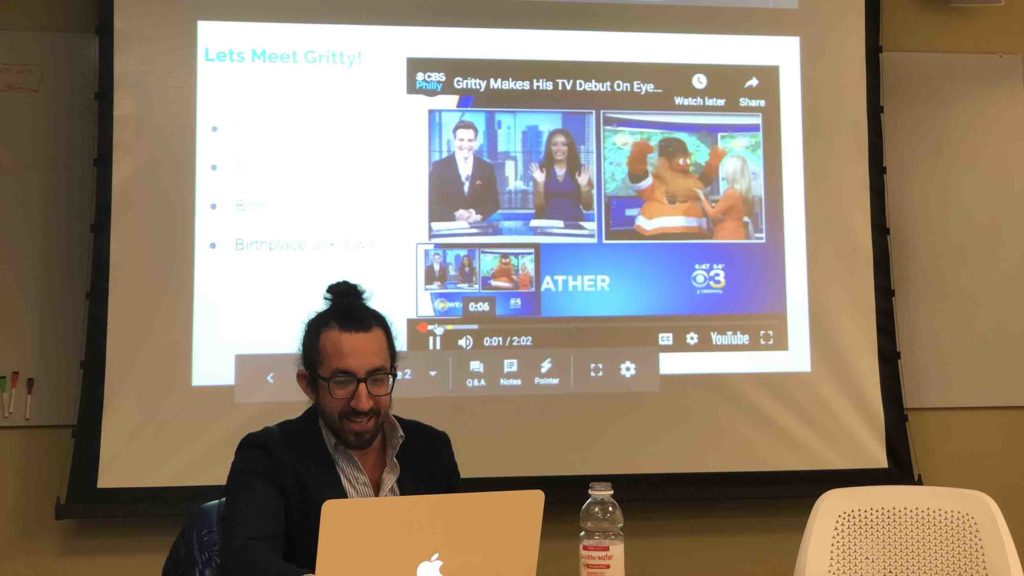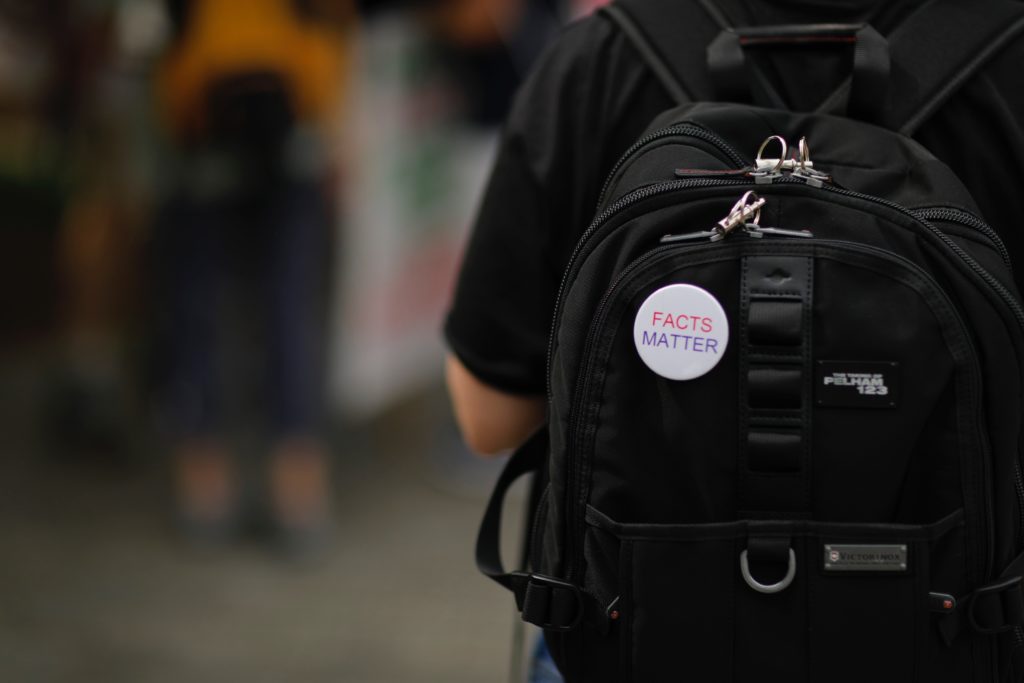Benjamin Decker wants to understand disinformation—where it originates, how it spreads, and how it can be corralled. He and his colleagues spent the 2018 election cycle finding and cataloging false and misleading internet content. He talked with KSJ fellows about what he learned.
Checking in on Fact Checking in Science Journalism
The Knight Science Journalism program at MIT took a close look at one of the profession’s most underappreciated practices — and uncovered a few surprises. At some science news publications, a fact checker could get fired for reading a quote verbatim to a source. At others, it’s standard practice. Still other publications have no formal […]


 "
" "
"